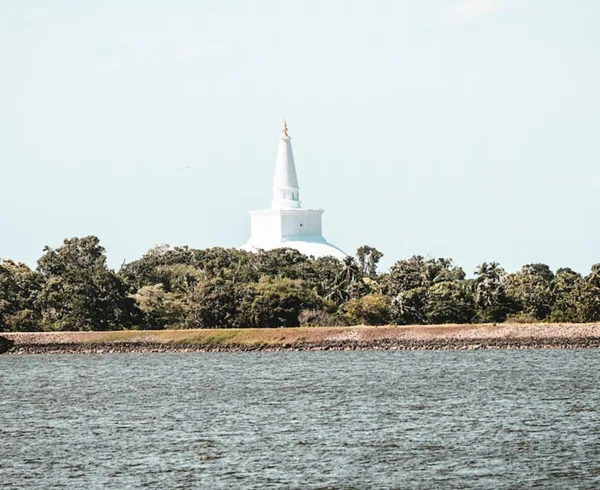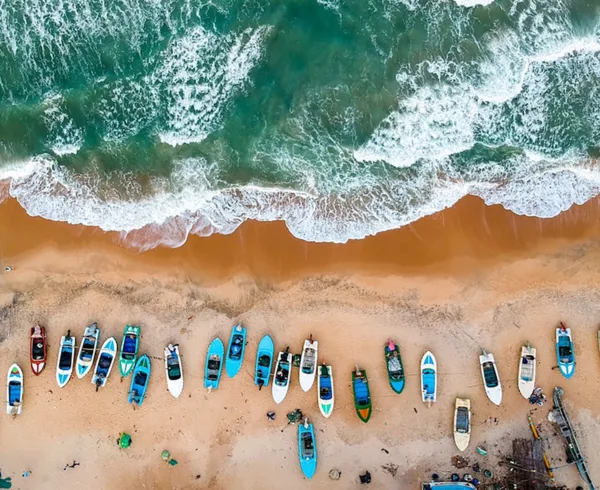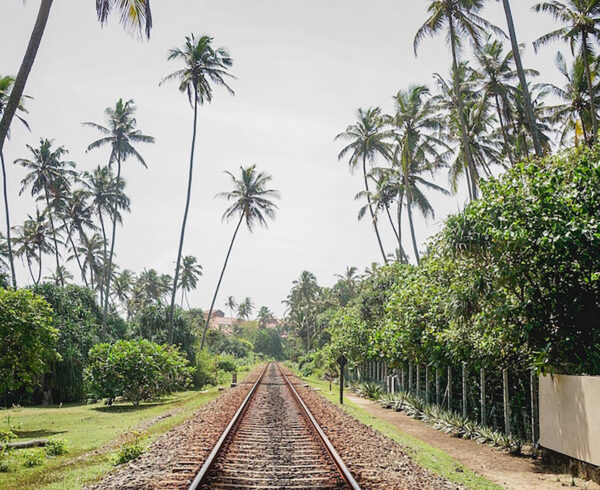An ancient capital city of Sri Lanka, Polonnaruwa was part of the thriving Polonnaruwa Kingdom. The city reached its zenith under the rule of King Parakramabahu the Great who built the entire city, erected temples and monuments and planned irrigation of this great city of old. The glory days are still reflected in the ruins remaining today.
Today, Polonnaruwa is by no means the bustling hive of activity it used to be many centuries ago, but it certainly does attract many visitors especially due to the ancient ruins and its close proximity to several national parks.
Polonnaruwa weather is usually dry, even though it can be a little chilly during the months of December and January.
Things To Do
A city steeped in a rich heritage of hundreds of years, the Polonnaruwa historical sites are phenomenal, with each resounding majestic story of the great kings of old. Polonnaruwa sightseeing is therefore certainly an interesting experience and will take you back through the passages of time. Cycling is one of the best things to do in Polonnaruwa, especially as it is the ideal way to explore some of the monumental sights, considering that walking can be too tiring.
Some of the other things to do in Polonnaruwa include eating at the Kamo Restaurant which serves home-made string hoppers and melt in the mouth pol rotti, fresh rice and curry and a local delicacy of lightly fried lake fish. The New Araliya Sinhala Hotel too is a popular local eatery with delicious Sri Lankan food.
Attractions
There are many Polonnaruwa attractions, given that many of the ruins of this ancient kingdom are yet in good repair. The Royal Palace belonging to Parakramabahu I is a magnificent palatial structure of 7 storeys. The Audience Hall also in the Royal Palace Group is particularly noteworthy for the frieze of elephants, with each in different positions, displaying the architectural brilliance of the era.
The Thuparama Gedige which is the smallest gedige in Polonnaruwa is also the only one with its roof intact and dates back to the time of Parakramabahu I. A strong Hindu influence is apparent, but there are also several Buddha images in the inner chamber.
The Archaeological Museum is one of the main Polonnaruwa attractions and is meticulously designed with a series of rooms, each of which is dedicated to a particular theme including the citadel, the outer city and the monastery among many others. There are also scale models of some of the monumental structures of old, also depicting how they may have looked like during their time.
The Polonnaruwa Lake known as the Parakrama Samudraya too is of great significance and is an expression of imperial power and a remarkable achievement in the field of engineering centuries ago, as it was the source of irrigation for 18,000 acres of paddy fields for two seasons each year.
Some of the other Polonnaruwa attractions include the Vatadage, the Sathmahal Prasadaya, the Gal Viharaya and the Pothgul Viharaya.
A visit to the Minneriya National Park especially during the season of May to October for the large gathering of wild elephants is a phenomenal experience. The Kaudulla National Park and the Wasgomuwa National Park too are nearby attractions.




